Almost one year ago from today I started off a post in this manner …
Will the real American Golden Plover please stand up?!
Some of us are old enough to remember the TV show, To Tell The Truth! In this show, a panel of celebrities asked three guests questions in an attempt to determine who was the real guest, and who were impostors. Sometimes identifying shorebirds feels a bit like an episode of this game show. Shorebirds have many different plumage patterns, which vary by the season of the year, and whether a bird is a male, female, breeding male, breeding female or an immature bird.
Well … ID’ing shorebirds and specifically the difference between American Golden and Black Bellied Plovers is very, very tough. I did manage to come up with a correct ID for all the birds featured in this post, but I checked my work using both of these two tools:
- Merlin Bird ID (by bird features or your own image)
- This pdf booklet from the Migratory Shorebird Project.
I assume most of my readers have similar problems with Shorebird identification. Hope these two resources help.
And some non shorebirds that wanted in on the post. Images also taken out on Minnesota Point!
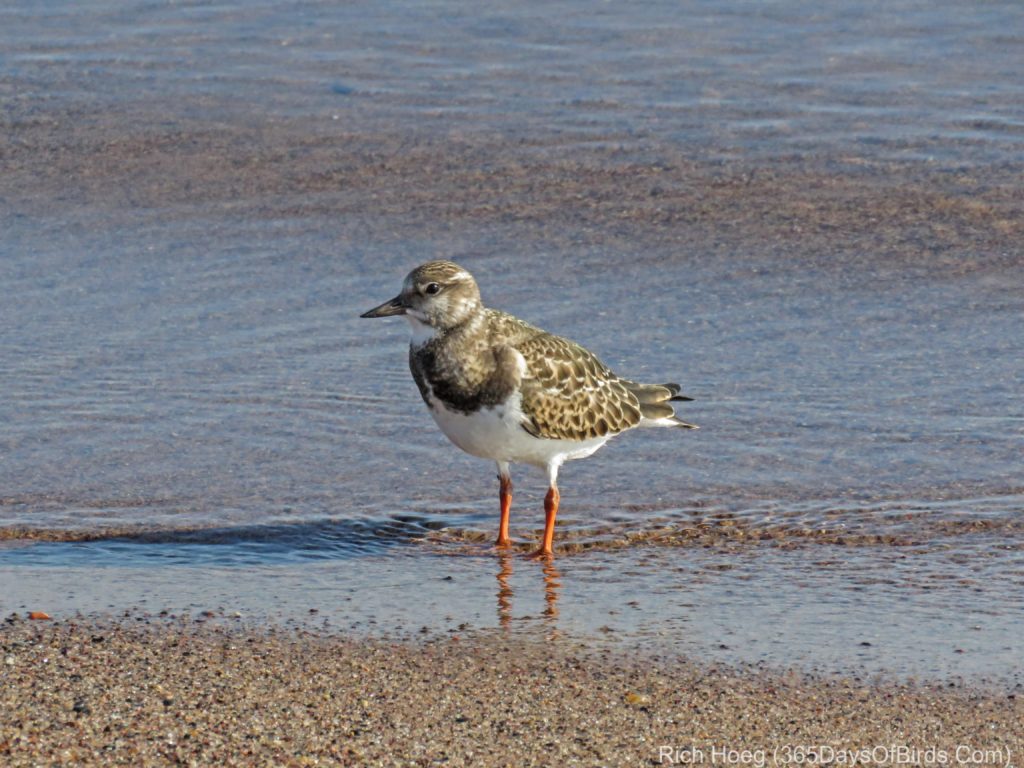
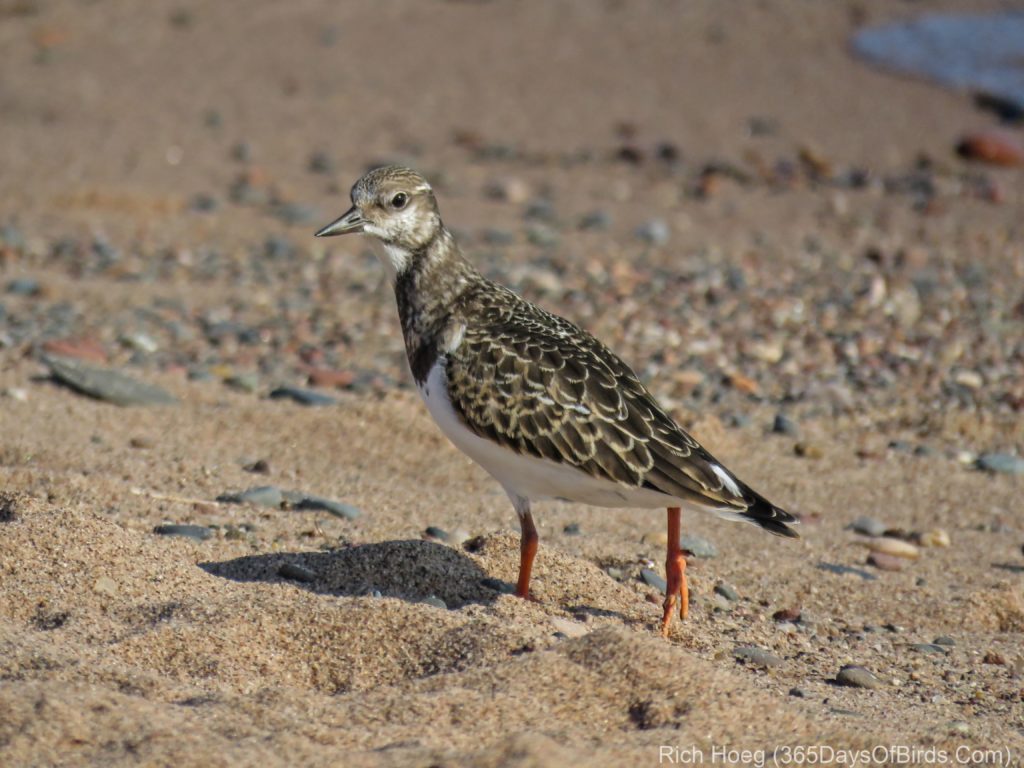
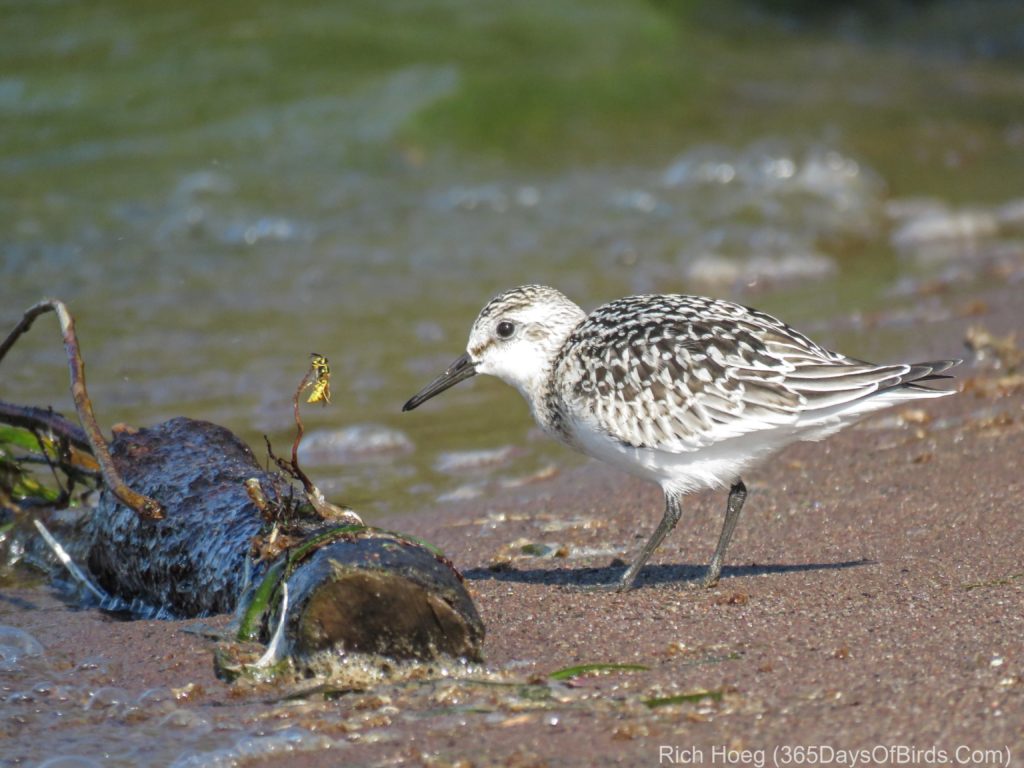
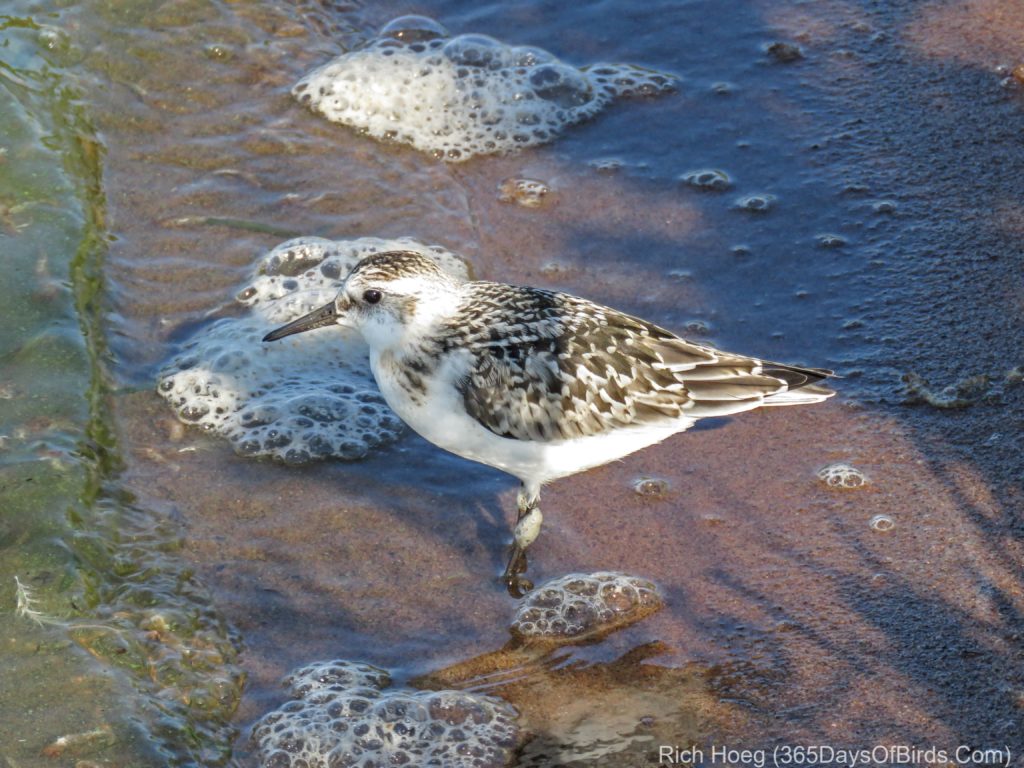
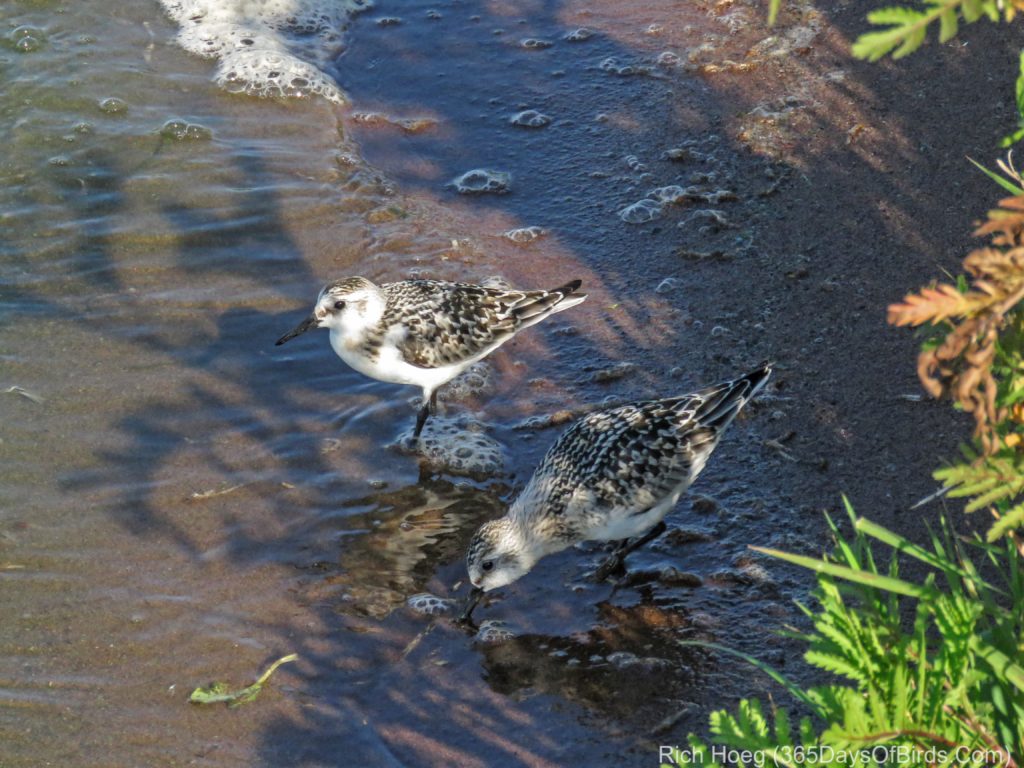
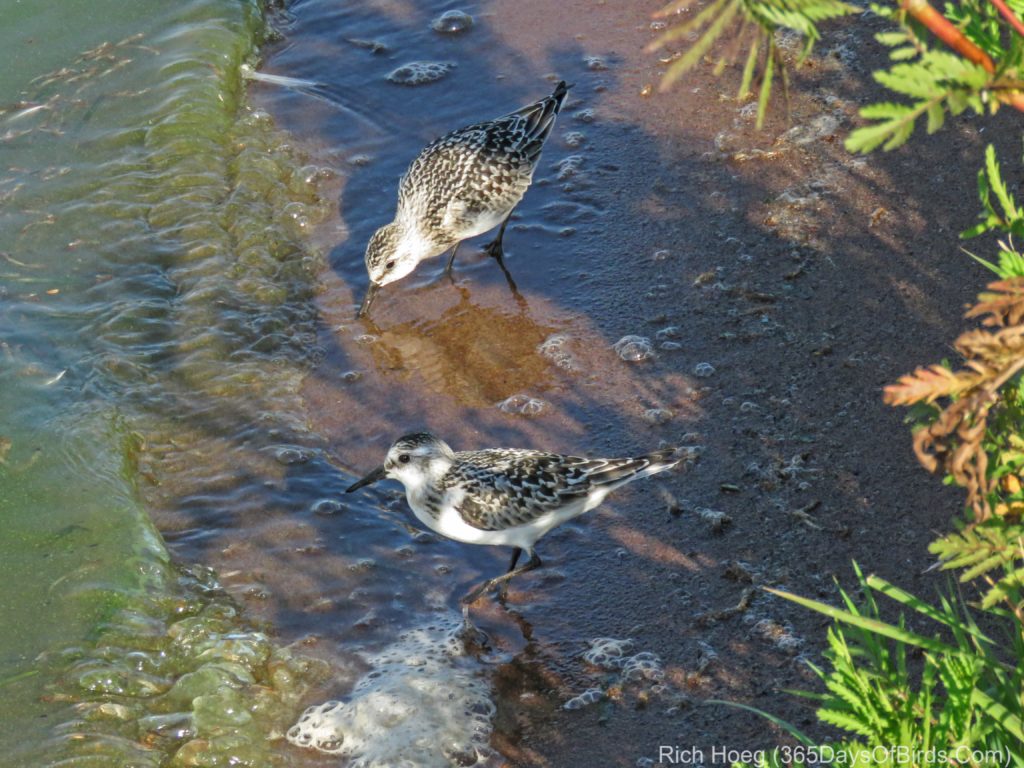
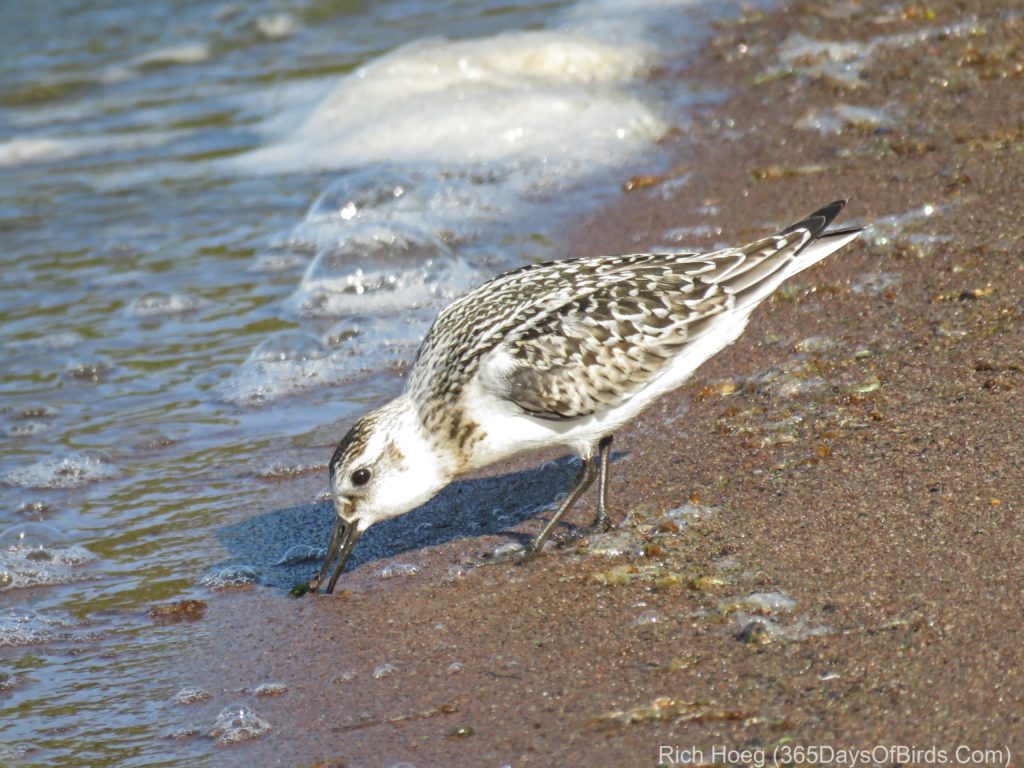
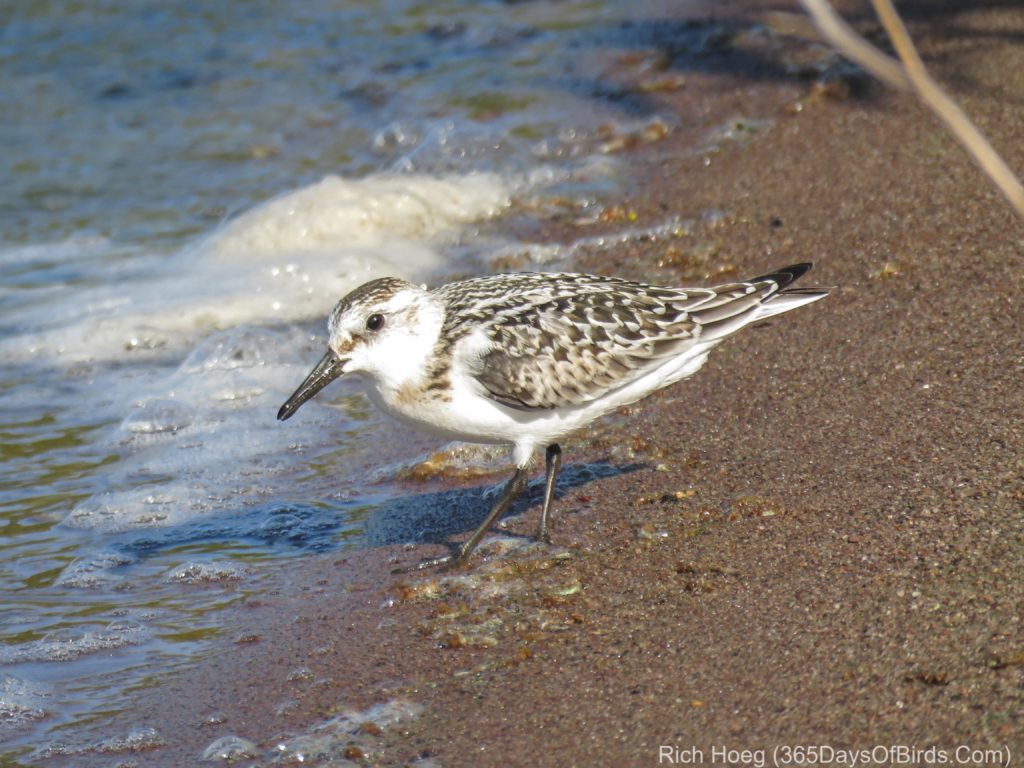
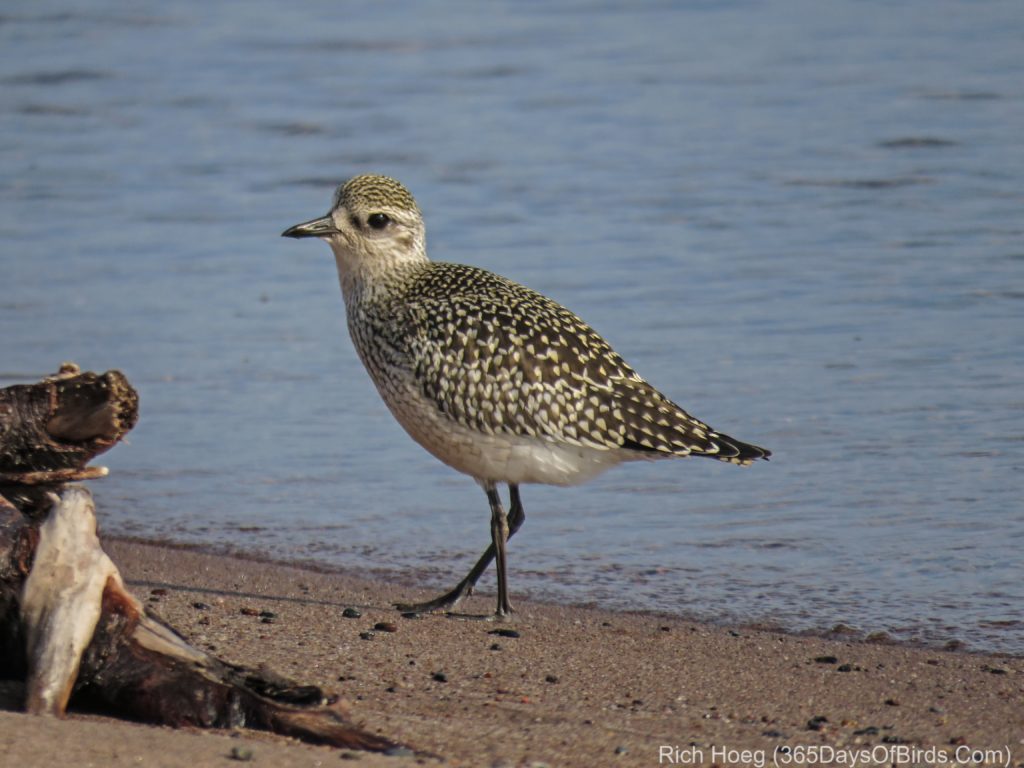
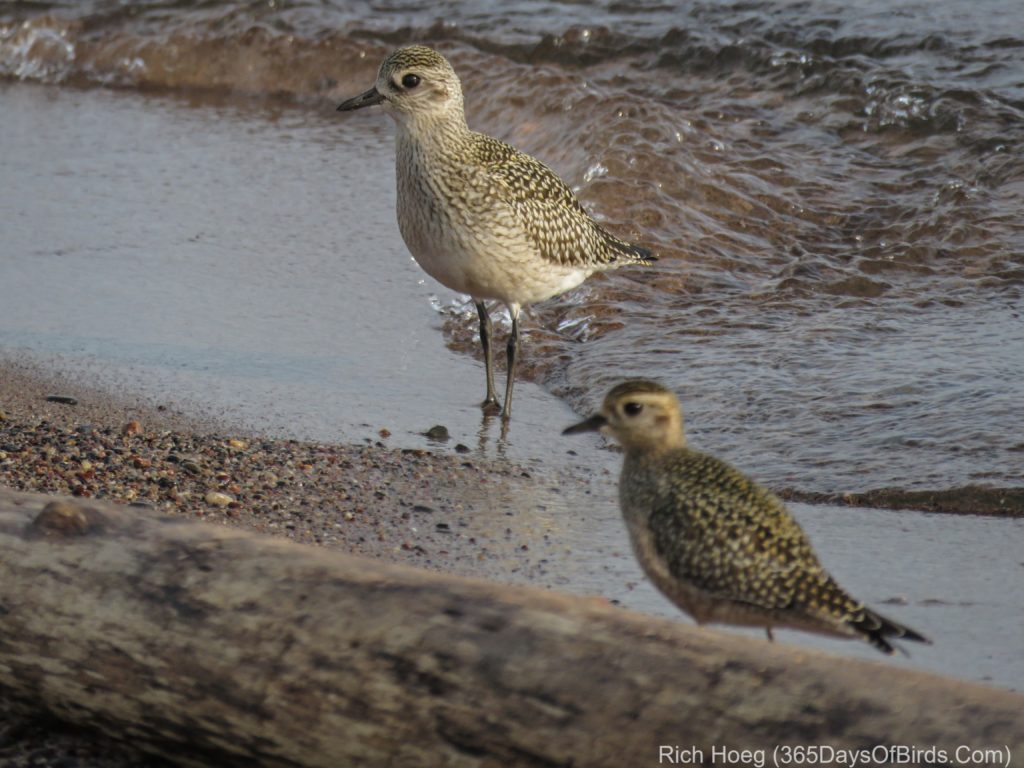
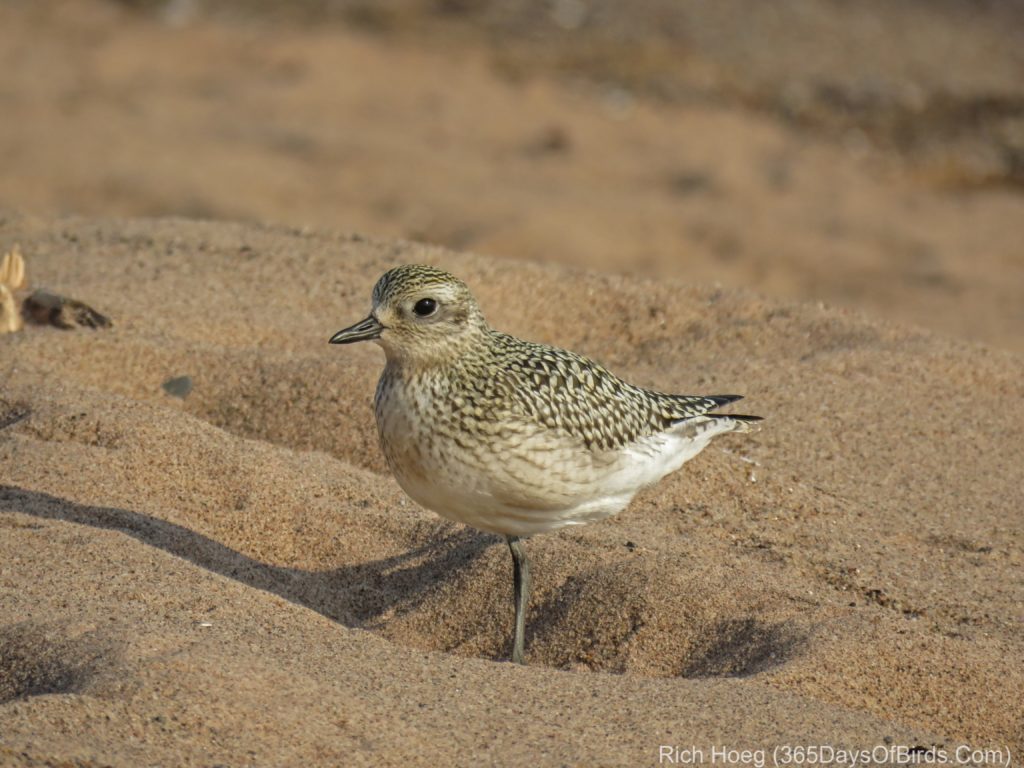
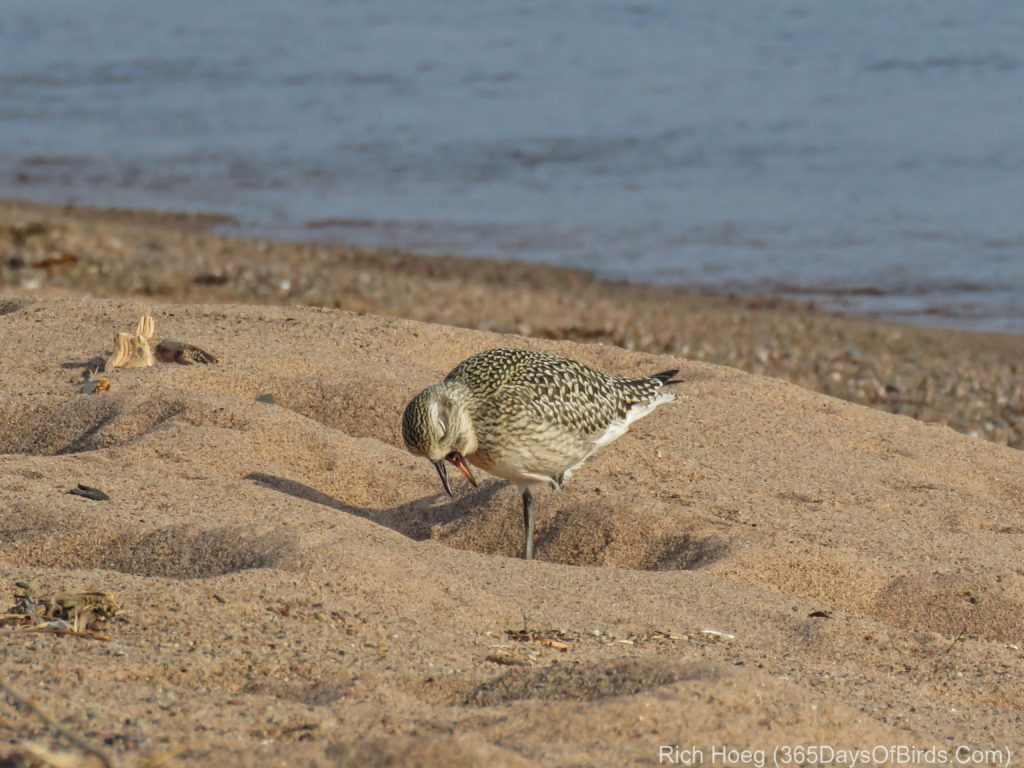
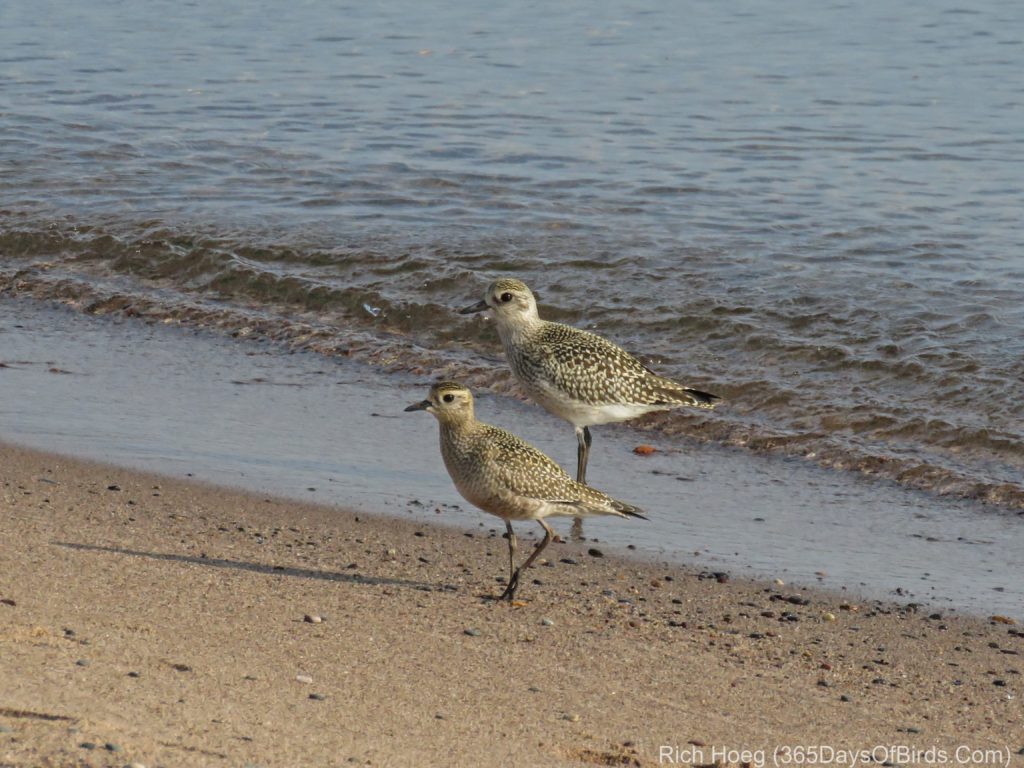
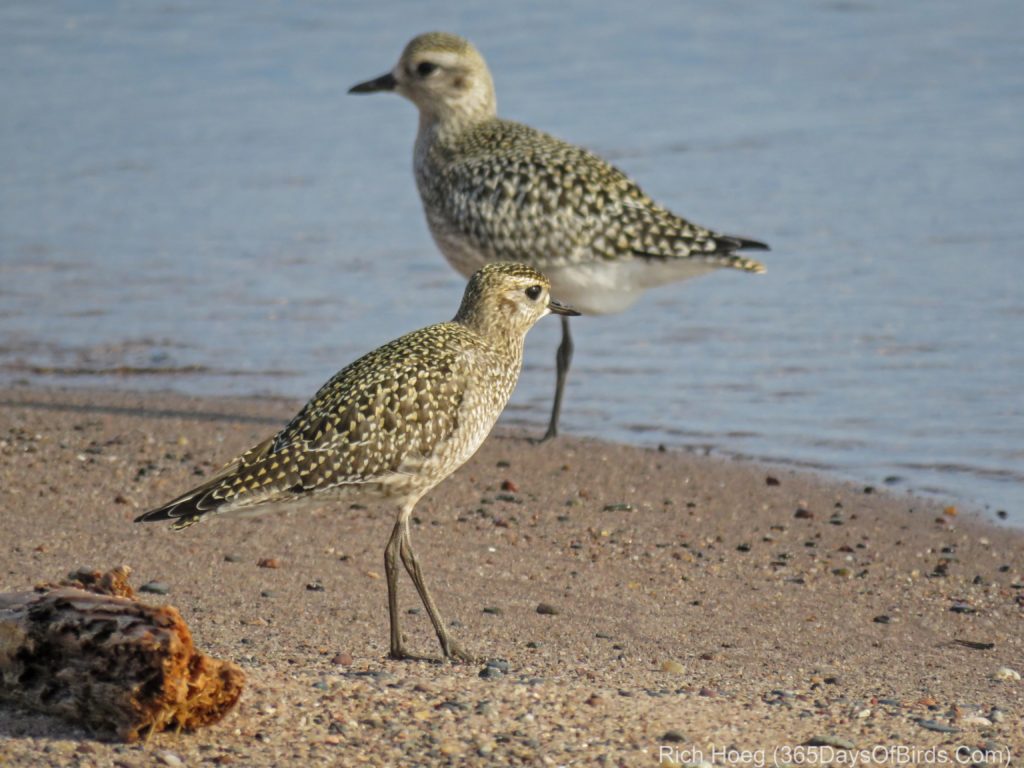
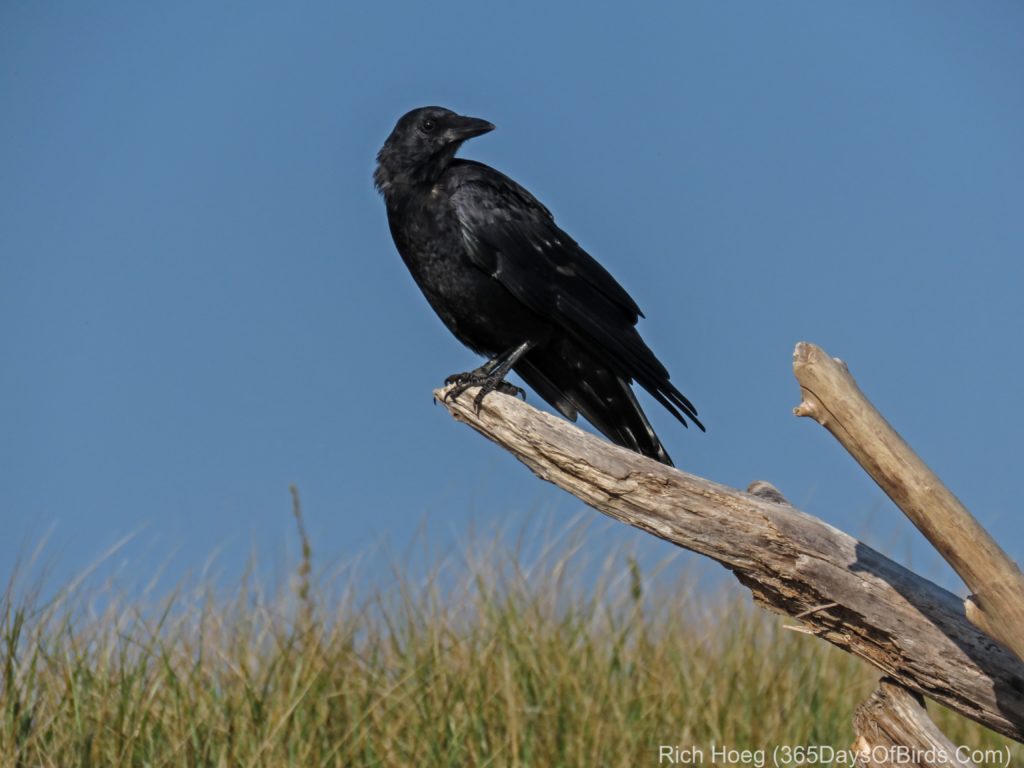
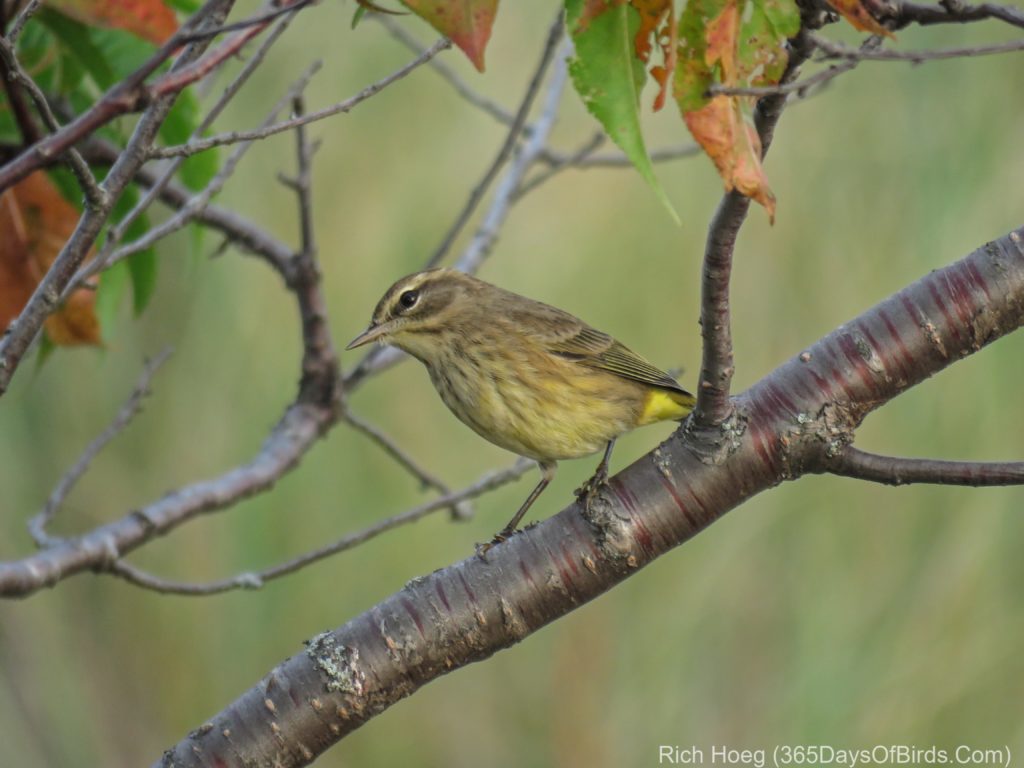
Thanks, very helpful.
I often marvel at the clarity of your photos. Are you using a full-frame camera? It seems that many shorebirds are skittish – do you ever use a blind?
Tom, you may be amazed at my answer. I use a super zoom / bridge camera, the Canon Sx-60. This camera actually has a very small sensor. Thus, my equipment could not be further away on the tech spectrum from a full frame. However … this is what I do to get good photographs.
1. Patience. With the sanderlings, ruddy turnstones and American Golden Plovers I took 15+ minutes to get in place with the sun behind me. Once I reached my desired location I slowly sat down and waited (hoped) the birds would walk towards me. After a while of giving me dirtly looks, the decision was made that I was harmless and each of the three species approached me while eating. Amazingly the plovers stood only yards away till a Merlin attached them.
2. I always use a monopod. This allows me to keep my camera positioned and ready to take a picture. I am waiting for birds to show some personality. Without the monopod, my arms would get tired … my camera would be down at my side … I would miss good photographs. In the winter while watching owls my finger will be on the shutter release for 10+ minutes at a time w/o taking a single photo. My hands, even though gloved get very cold.
3. With my recent photos of the Yellow-Shafted Flickers and American Kestrel I used natural cover. Once again in each instance I hiked in round about directions to get in position. Obviously often the birds fly elsewhere while I am hiking through the woods.
4. I use burst mode and limit the ISO to lower numbers to reduce noise and increase clarity. I get lots of junky photos, but also plenty of great images.
5. It should be obvious from these comments I get away from my car and hike. While I am happy to use my car as a blind, a perfect day for me is a sunny cool day out in the wild!
I never use a blind … too much to haul on my hikes. Natural cover works if one looks for it. Thanks for your kind comments.